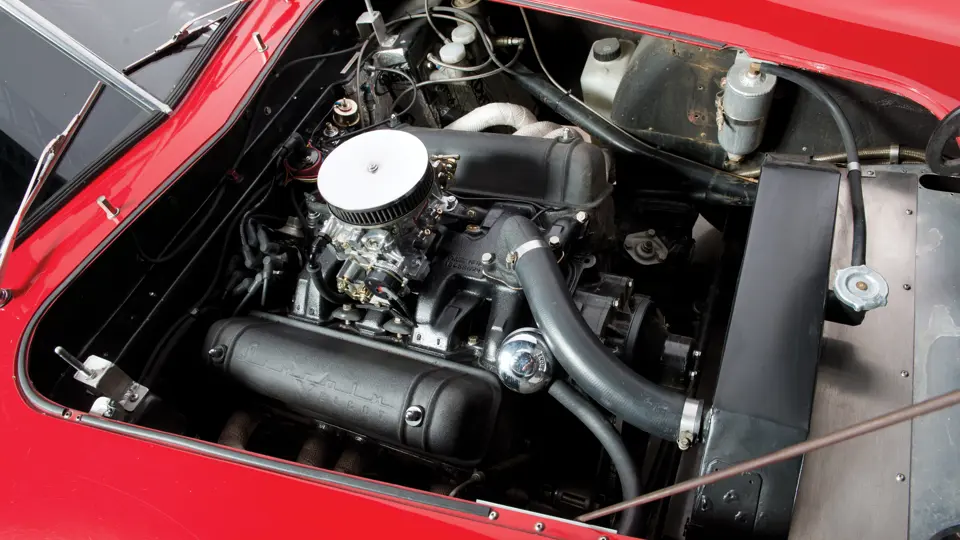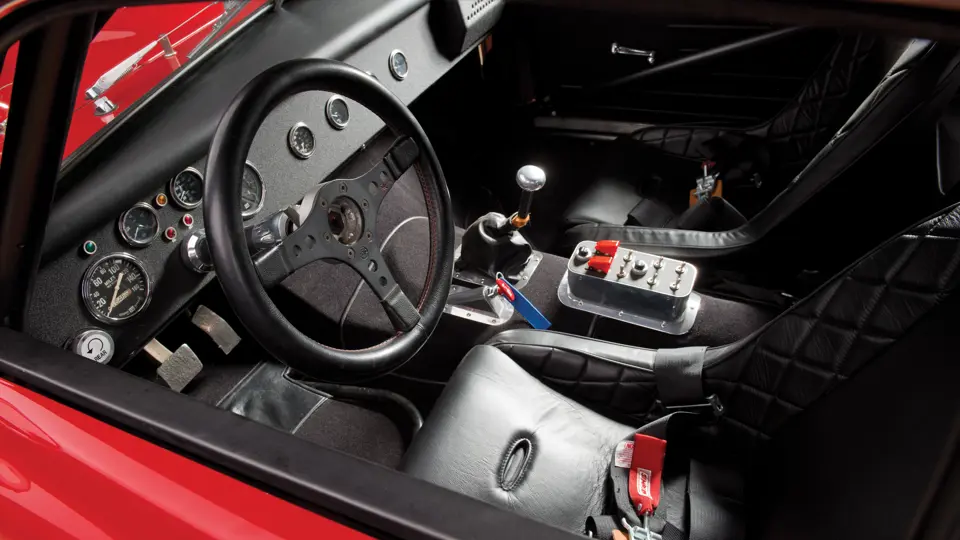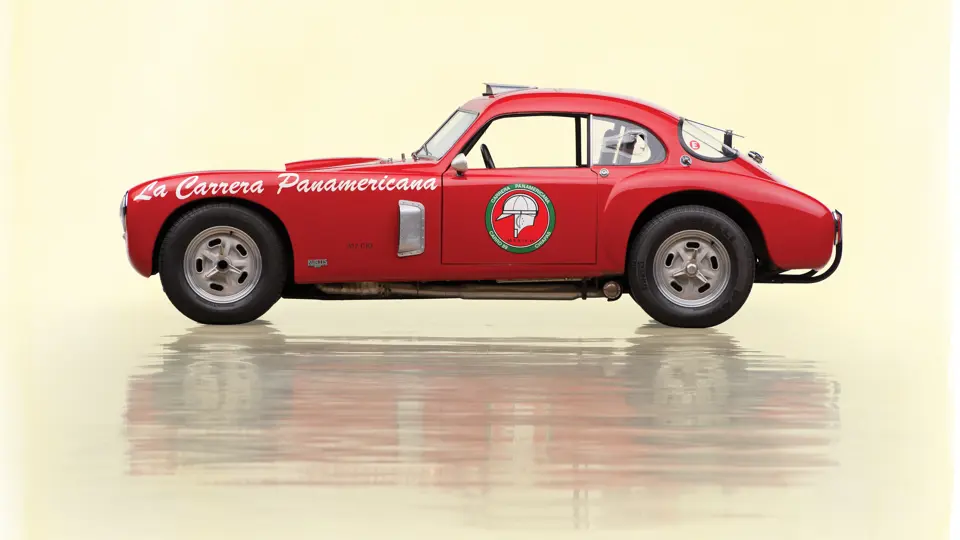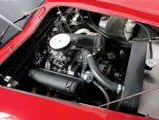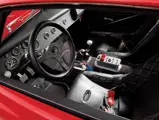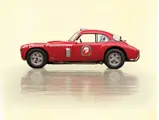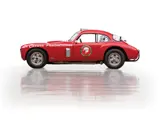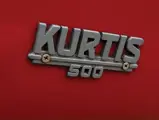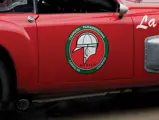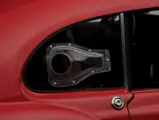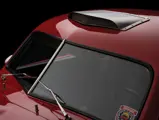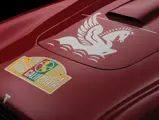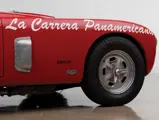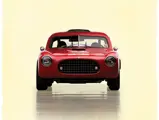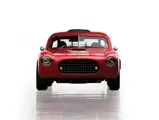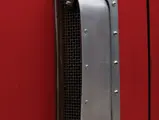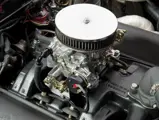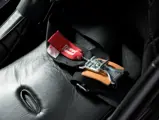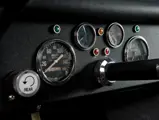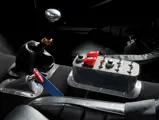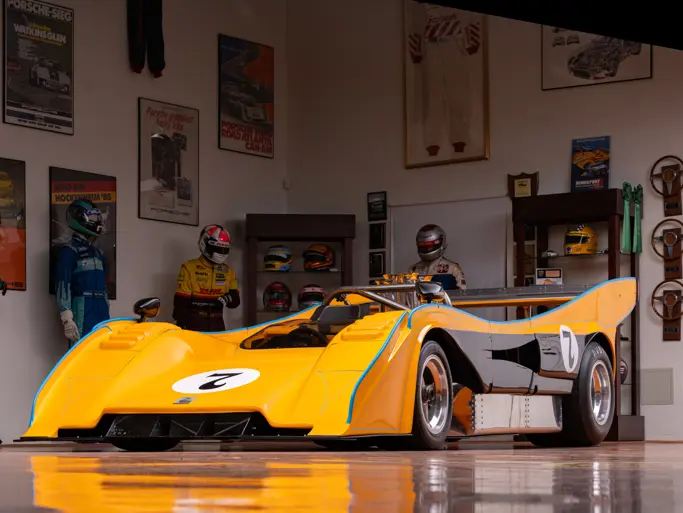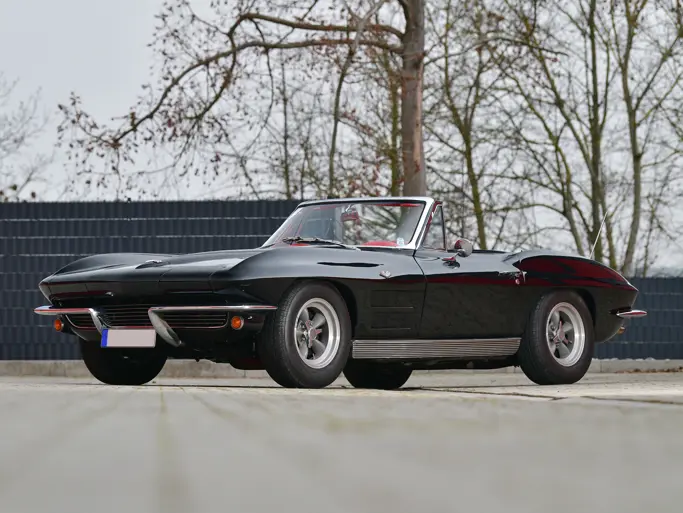257 bhp, 317 cu. in. Lincoln Y-block eight-cylinder, five-speed manual transmission, front and rear solid axels with torsion bar suspension, and front disc and rear drum brakes. Wheelbase: 99.5 in.
The 1948 Cisitalia 202 by Pinin Farina is widely recognized as having set the styling mold for just about every other Italian sports car of its era, and it is so influential that one is kept in the permanent collection of the Museum of Modern Art in New York City. Even in its day it was recognized as something special, to the point where it was copied not only by Italian coachbuilders and manufacturers but also Southern California customizers.
Bill Burke, the builder of a famous “belly tanker” and an employee of “Pete” Petersen, made a mold off of a 202 that had been purchased by his boss. With Mickey Thompson and Roy Kinch, he formed the Atlas Company, which later became known as Allied, and they began building fiberglass copies of the Cisitalia’s styling for various American chassis and drivetrains.
The car offered here is one of two Kurtis Kraft 500 racing chassis known to have been fitted with Allied bodies; in this case, the car is fitted with the short-wheelbase Swallow model. It was equipped from new with a potent Lincoln V-8 engine and three-speed manual transmission, and it was reportedly originally intended for the 1955 Carrera Panamericanas, but the event was unfortunately cancelled.
In 1990, the car was prepared for the modern-day incarnation of the Carrera Panamericana by Phil Denny, of PRD Engineering in Sonoma, California, and it was driven in that year’s race by Jeffrey Pattinson. It has continued to be vintage-raced by its owners since, including in the 2007 and 2008 Carrera Panamericana, as well as in the 2009 Chihuahua Express. Today, it is built as a full vintage racing car, with a complete roll cage, racing seats, a removable steering wheel, a fuel cell, an oil pressure warning light, and a late model Tilton pedal and master cylinders for its front disc brakes. The Lincoln Y-block engine was rebuilt by JMS Racing Engines, of El Monte, California, and it was reportedly dyno-tested at 257 brake horsepower and 308 foot-pounds of torque.
The car looks as if it has been driven, but charmingly so, with just enough road wear to its paint to indicate that it is, indeed, fully and robustly functional. It was featured in the June 2008 issue of Hot Rod magazine, which is a testament to the continued appeal of this thrilling vintage racer, as it combines Italian styling with California ingenuity and American rip-roaring power.
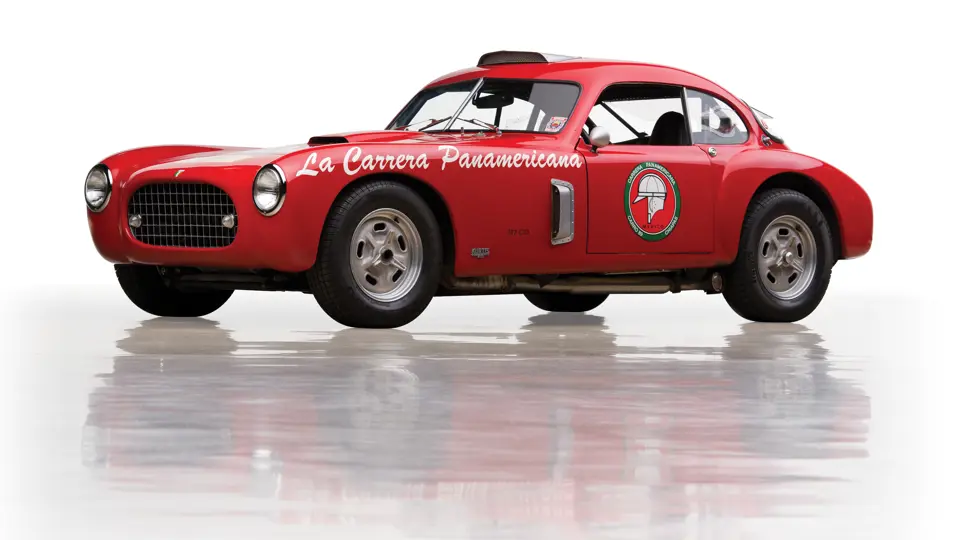



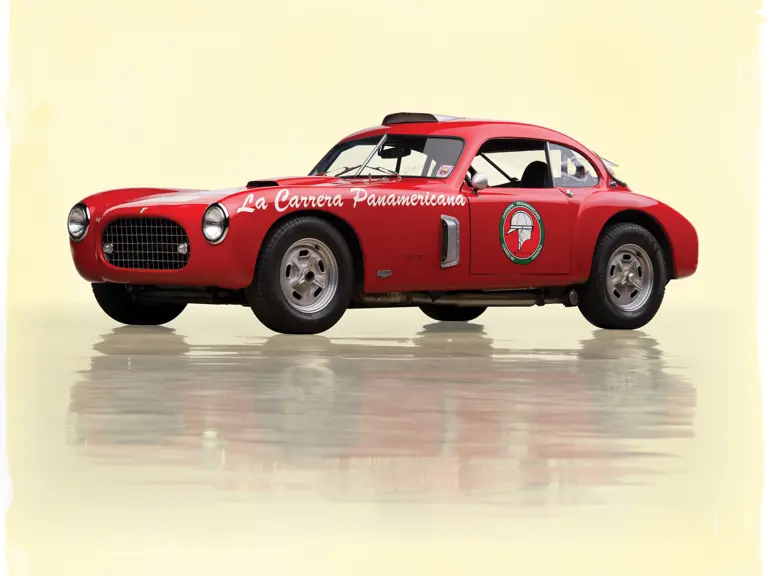
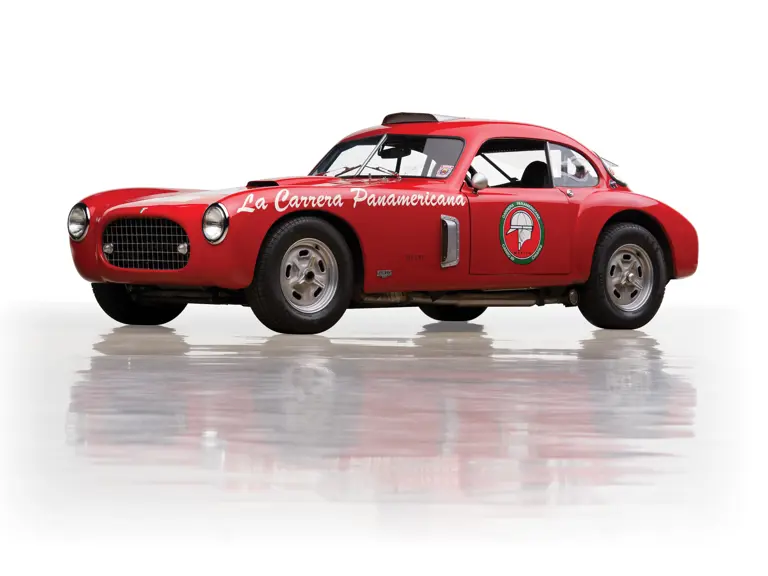
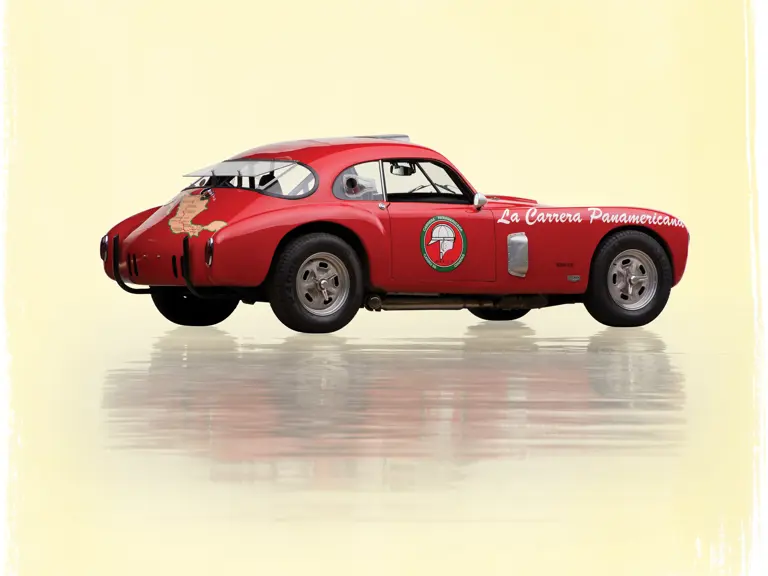
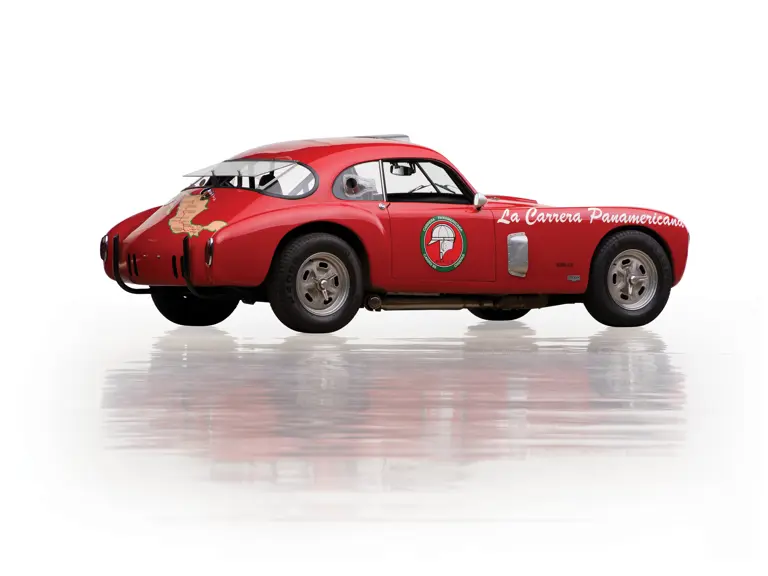
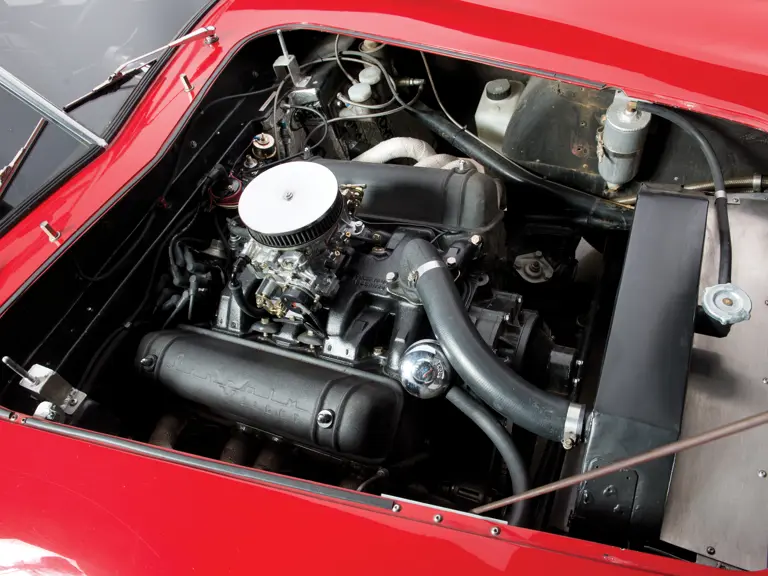
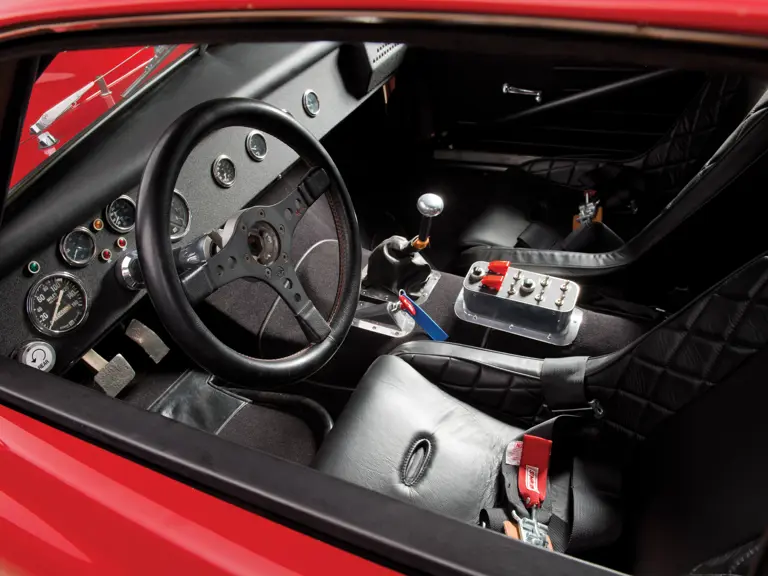
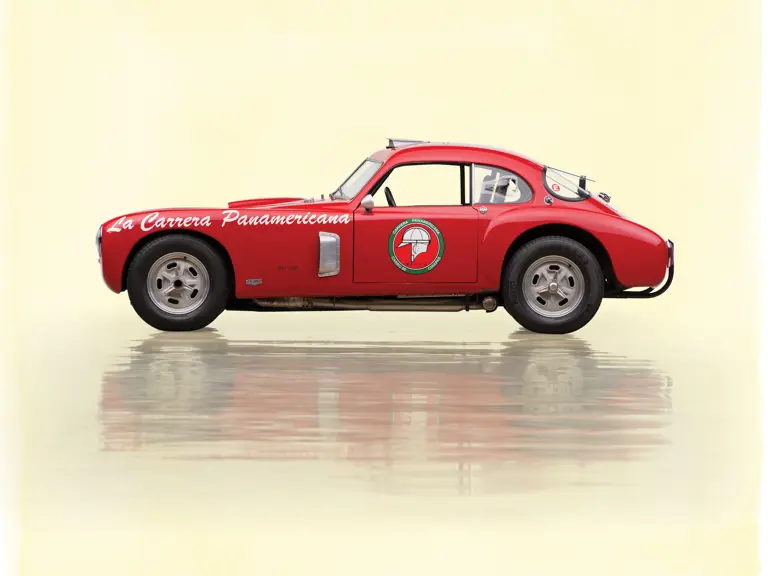
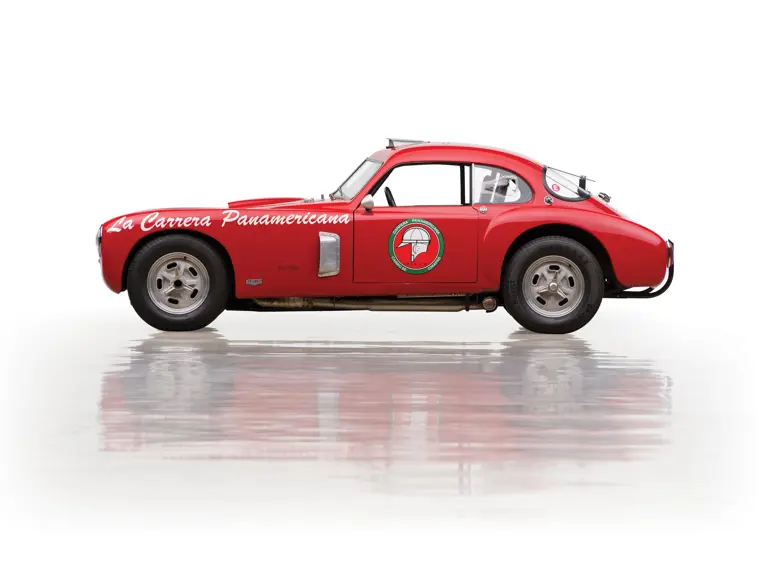
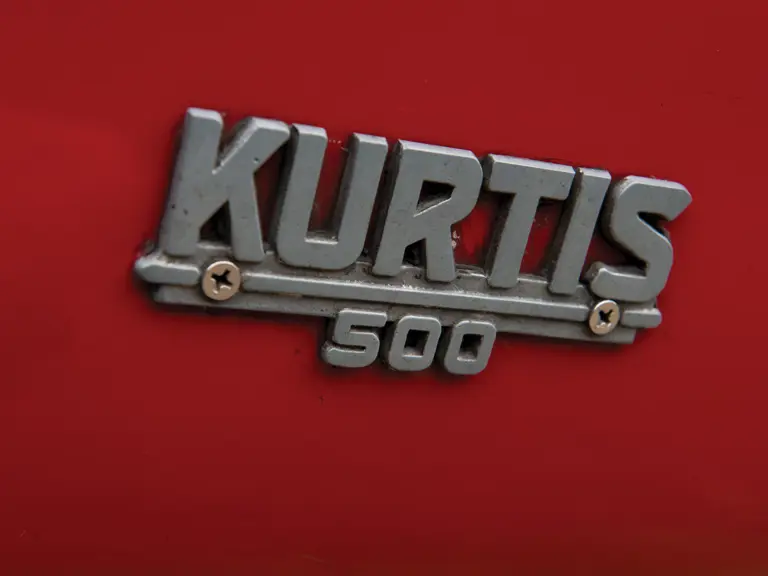

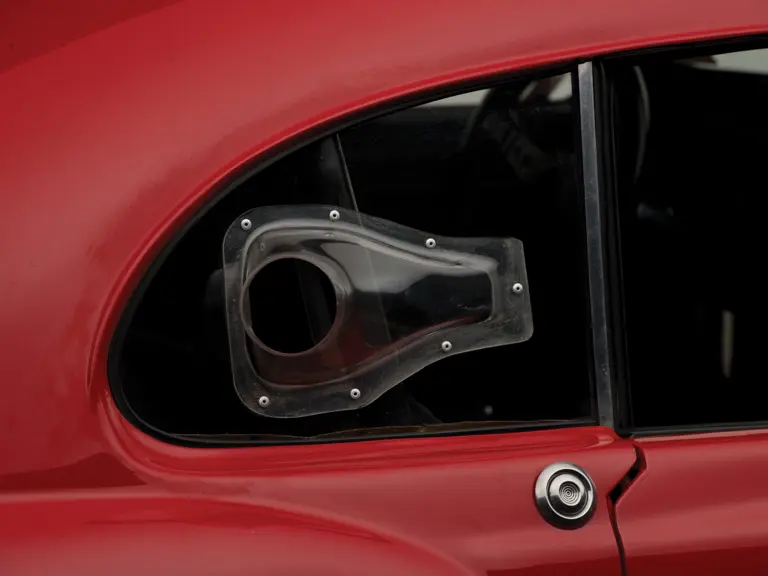
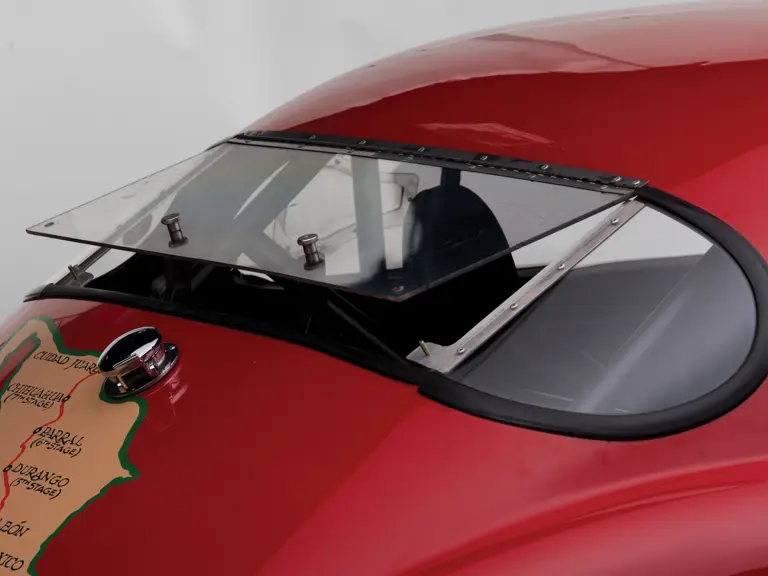
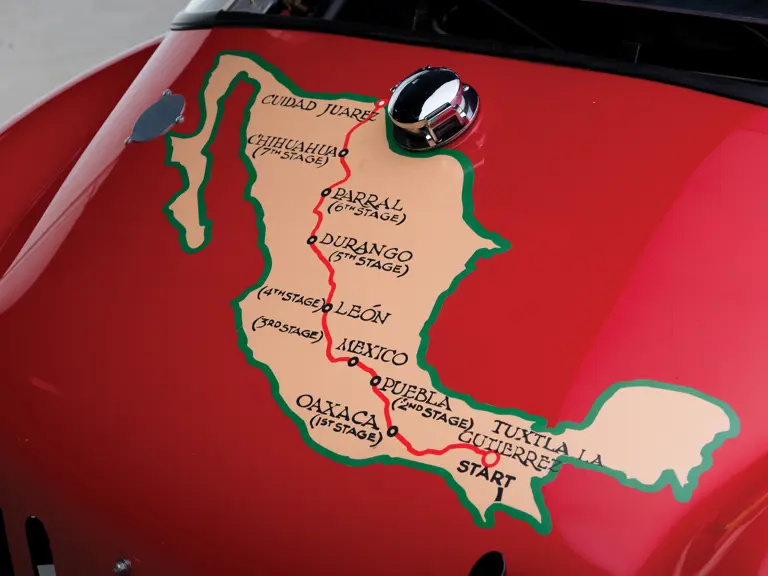
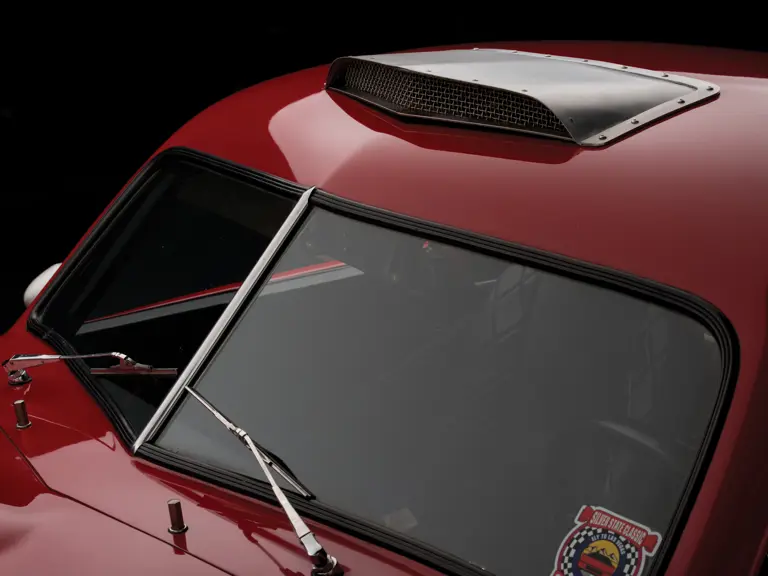
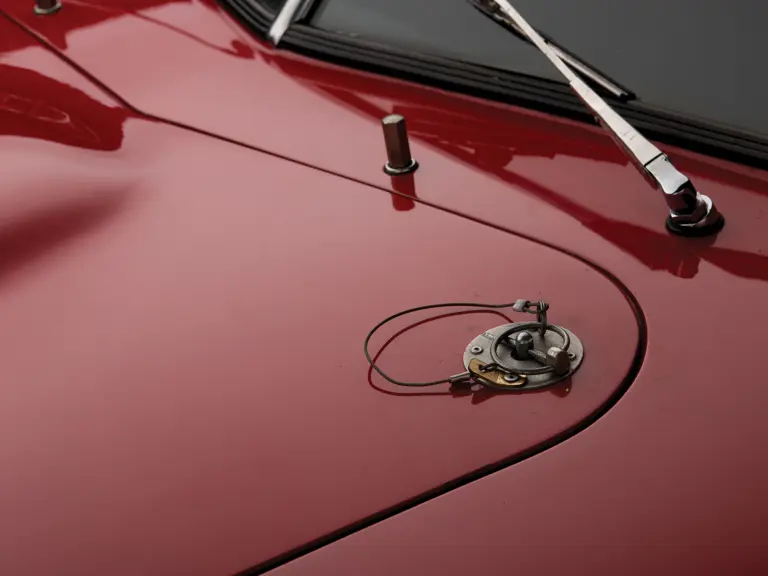
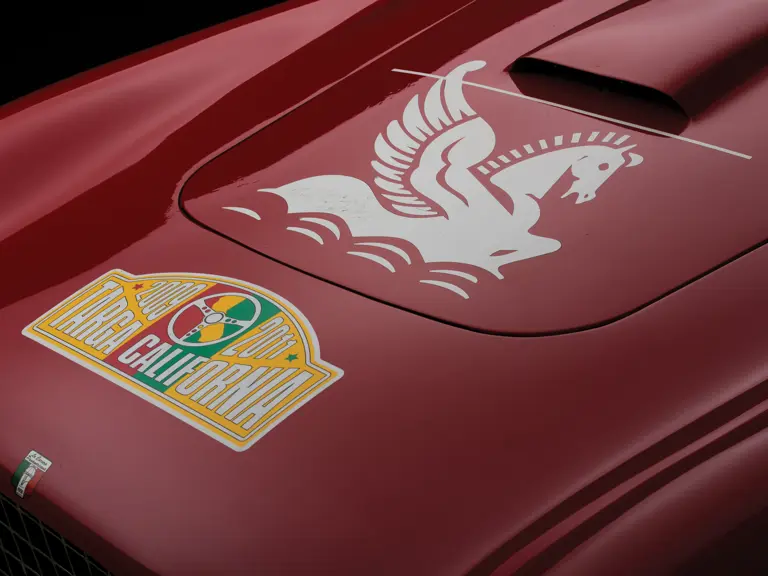
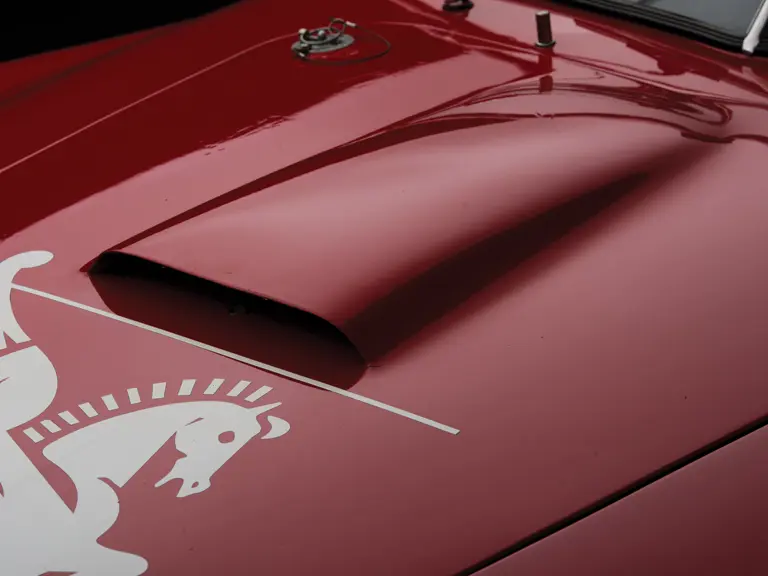
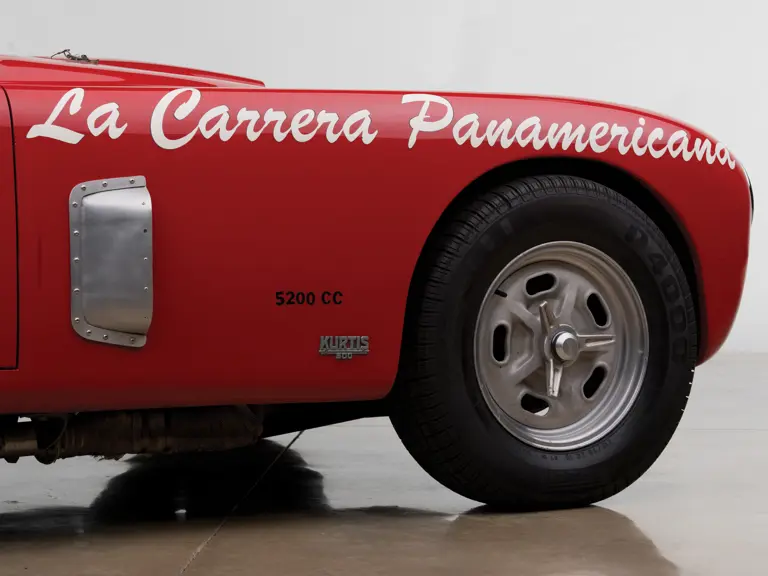
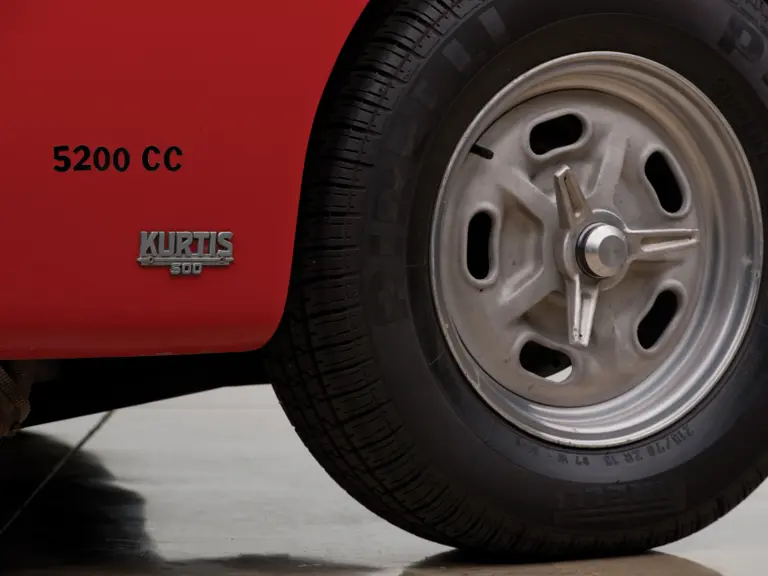


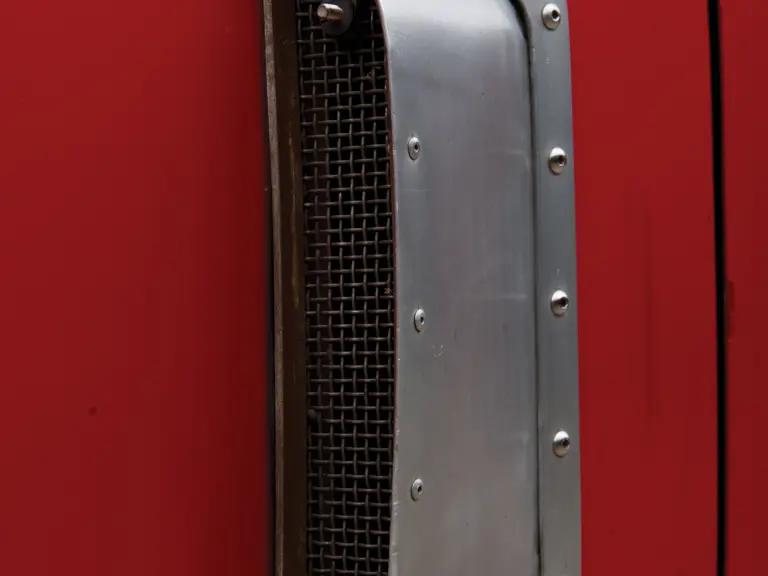
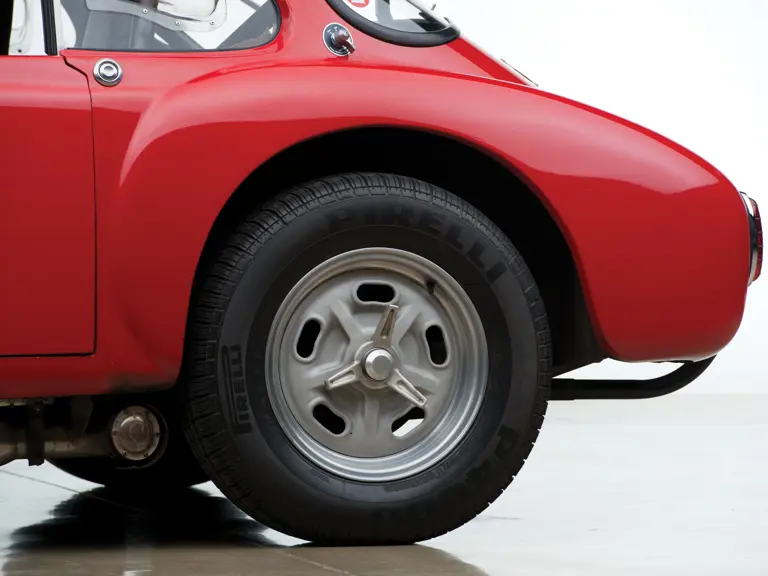
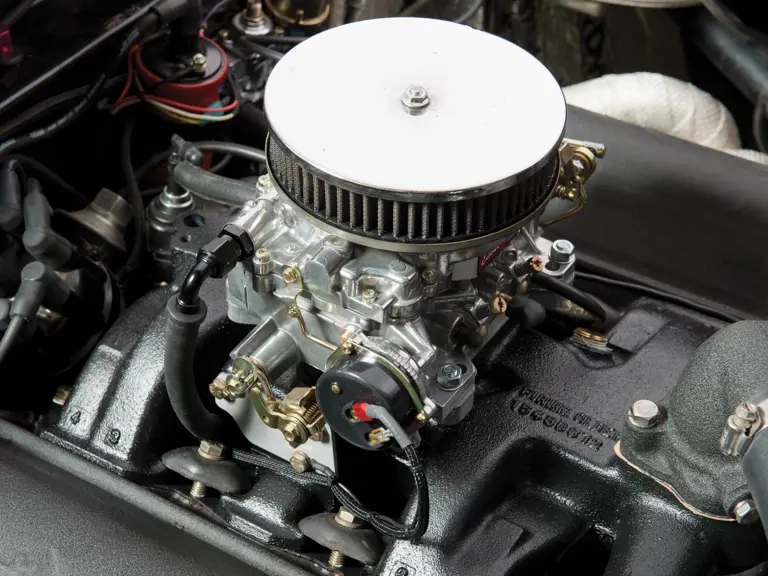
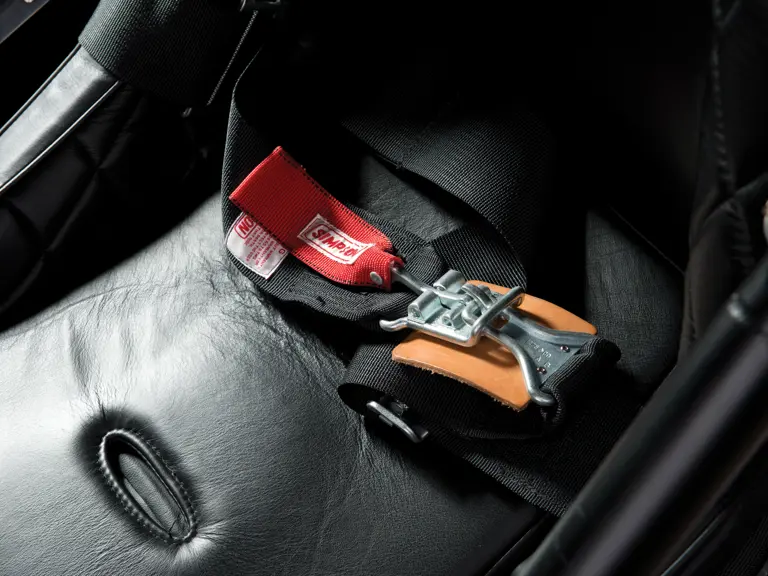
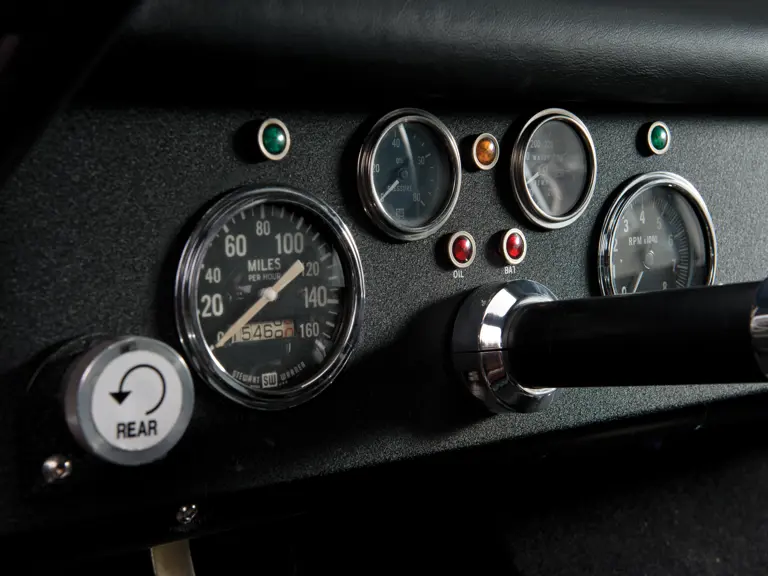
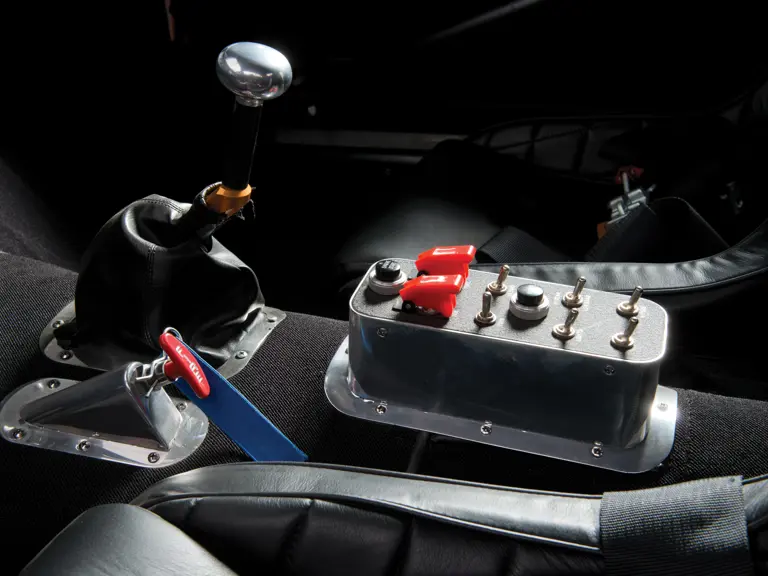
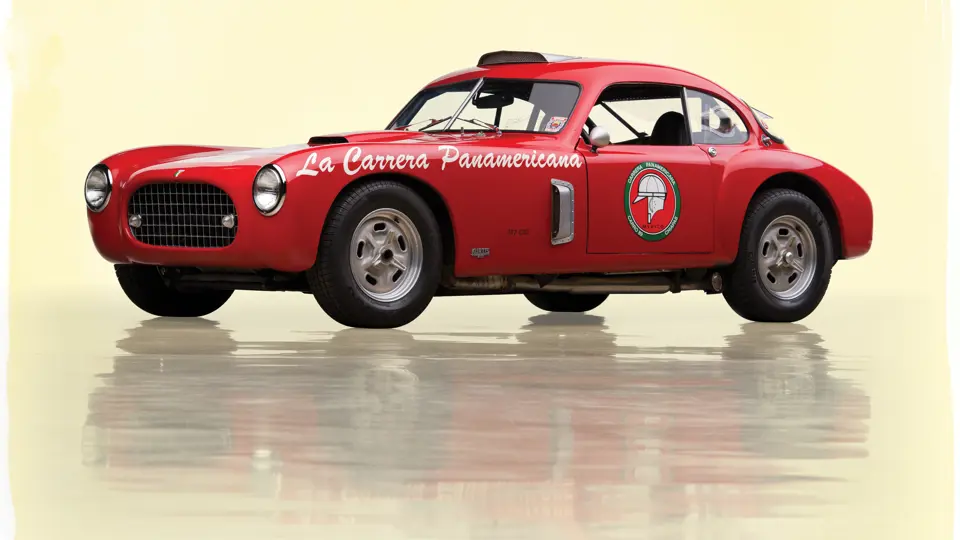
 | Fort Worth, Texas
| Fort Worth, Texas
